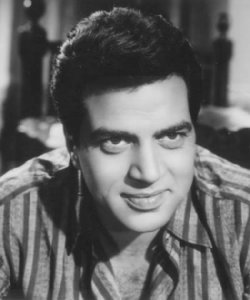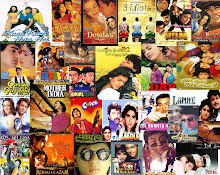1975; 204 minutes; Hindi with English subtitles
Director: Ramesh Sippy
Producer: G.P. Sippy
Writer: Javed Akhtar, Salim Khan
Music: Rahul Dev Burman
Cinematography: Dwarka Divecha
Playback singers: Rahul Dev Burman, basu Deo chakravarty, Babu Ghanekar; Shankar Lal; Maqbool
Dances: P.R.L. Raman
Cast: Dharmendra, Amitabh Bachchan, Sanjeev Kumar, Hema Malini, Jaya Bhaduri, Amjad Khan, A.K. Hangal, Satyen Kappu, Leela Misra and more

Sholay is considered an Indian movie classic. I enjoyed most of this film, which starts with an eye-popping shoot-out, followed by chase scenes through the backcountry, and canyons of rural India. The cinematography is excellent. The camera work is a blend of styles including fast action, slow motion, and panoramic views. But, eventually, the relentless scenes of violence wore me down.
Many of the performances were enjoyable. I thought Dharmendra (Veeru) was smashing and Amitabh Bachchan’s (Jai) onscreen persona crackles with energy and emotion. Sanjeev Kumar plays the village chief, Thakur Singh, with dignity and Hema Malini’s character, Basanti, bounces with charm.

The criminals, Jai and Veeru, have been a team for sometime and travel from con to theft to scam as they escape just ahead of capture, most of the time.
What starts out as a buddy flick becomes a civil war between Thakur Baldev Singh, Veeru and Jai, and Gabbar Singh’s gang of thugs.

Many other characters intervene in the story like S. Bhoplai, the greedy shopkeeper; the inept prison warden, a Hitler look-alike, who states he doesn’t believe in reform because “How can you change, if I can’t change?”; Hariram, the jail barber and squealer; and the chatty buggy driver, Basanti (Hema Malini).
Gabbar Singh, the thug who terrorizes the village, is a piece of work. He plays Russian roulette with his men when they run from the village under gunfire. While at first, none of the men are shot, you know what’s coming.
Thugs attack the village and the village protectors retaliate, back and forth, with one horror after another. When the thugs break up the village Holi celebration, it’s like a shoot-out at the OK Corral.
Thakur and Gabbar have a long history. Gabbar killed Thakur’s brother’s family as revenge for Thakur imprisoning him.
Scenes of normal events of life break the flow of constant conflict. Veeru has fallen in love with Basanti. Jai goes to Basanti’s Aunt to plead Veeru’s case. Instead, he paints a poor picture of his friend’s lifestyle scuttling Veeru’s chances to marry Basanti. But, that’s not the end of this substory.
Veeru wants to settle down. Jai isn’t ready though he shows a quiet interest in Thakur’s widowed daughter-in-law, Radha (Jaya Bhaduri).
In one raid, Gabbar kidnaps Basanti. Veeru follows and is captured. Gabbar forces Basanti to dance to save him. When Basanti dances, she endures many humiliations and agonies showing her strength of will much like a fight scene does for the hero.

So much horror and tragedy is perpetrated by Gabbar, I wanted to shoot him myself just to end the relentless torture.
At one point, the villagers have had enough of the violence, too, and question whether all the killings are worth the refusal to give Gabbar the protection payment. One man says, “We are farmers not soldiers.” Another replies, “To lead an honorable life, there is a price.” When an elderly and blind villager loses his son to the violence, he refuses to give in to Gabbar’s violence and threats saying, “An honorable death is better than a life of humiliation.”
The ending is a mixture of sorrow and survival.

1 comment:
You are welcome!
Post a Comment